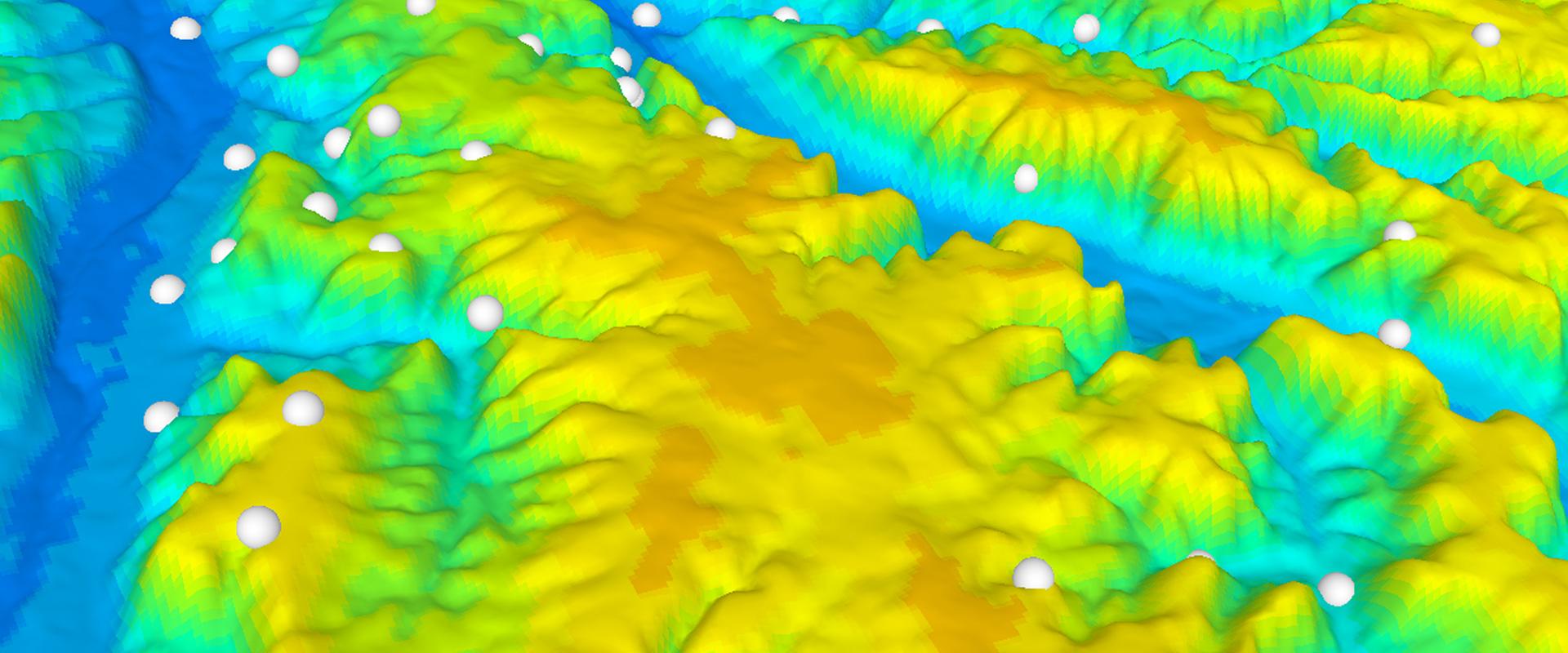The French Ministry of Higher Education and Research (MESR) is providing interested organisations with a version of the French open science barometer, adjusted for their own scientific publications. BRGM has published the main results of its open science barometer for 2021.
This approach is part of BRGM's general open science policy, adopted in late 2022.
The French open science barometer adapted for public institutions
The open science barometer is a set of indicators put in place by the French Ministry of Higher Education and Research (MESR) in late 2022 to establish the proportion of scientific publications with open access at national level.
The MESR has given volunteer participating organisations the opportunity to try out the tool, with each one having free access to the results of its own barometer, based on data from its scientific publications. The aim is to measure and compare the development of open science practices in France, using reliable, open data based on a shared methodology.
BRGM has decided to use this new tool for the first time and is publishing the main results of its open science barometer for 2021.
Increased access to BRGM publications
According to BRGM's 2021 open science barometer, 84% of its 262 scientific publications from 2021 are available in open access. This figure has risen by over 22 points in the past five years, a significant increase. It is now well above the French average, which is also rising (67%). After a catch-up phase in 2018-19, access rates are now tracking those of national publications, with the increase seen over the past two years.
However, significant differences can be seen in the access rates for older publications prior to 2019, for which the figure is less than 50%. This points to changing trends in the access policies implemented by publishers and institutions, as well as by authors regarding the publication of their journals.
Open access figures for BRGM publications in 2022 are 11 points higher than the national rate in the category of Earth sciences, ecology, energy and applied biology (73%).
Open access to BRGM scientific publications, with a Crossref DOI, by year of observation.
How BRGM scientific publications are made available
Open access to scientific publications can take several forms: native open access publication by the publisher on a platform (non-subscription access) or the filing of publications by the author in an open archive, such as the national HAL platform, to which BRGM has been contributing since 2010 via its HAL-BRGM portal.
These two options are not mutually exclusive, since a publication may be available both on an open archive and on the publisher's platform. This dual availability, which is tending to become more common in most institutions, reflects the increased visibility and SEO referencing of online publications. More importantly, it also ensures access to French scientific publications over the long term. Only 10% of BRGM publications were hosted exclusively on the publisher's platform.
Breakdown of BRGM scientific publications with a Crossref DOI, in open access and by year of publication (observed in 2022).
More frequently accessible data sets, but with room for improvement in terms of access
Alongside open access to scientific publications, access to the data on which the research is based is an important factor in establishing the credibility of the work and ensuring its reproducibility. This is why a data availability statement is an important indicator for the source data of a scientific publication. This practice is still not widespread, but we have seen a clear increase since 2021 in the number of articles giving details of their associated research data.
Methodology
The open science barometer (BSO) studies the type of access (closed/open) to scientific publications (journal articles, conference proceedings, preprints, book chapters, other) with a Digital Object Identifier (DOI), and where at least one author has a French affiliation.
The BSO is based solely on open sources, in particular Unpaywall and HAL. If access is open, a distinction is made between three types of access, depending on whether the full text is accessed directly through the publisher, through an open archive, or both.
The BSO includes scientific publications published after 2012. It is updated at the end of each year.
The results of the BRGM open science barometer are directly based on those of the French open science barometer, applied to the list of scientific publications provided by BRGM.







